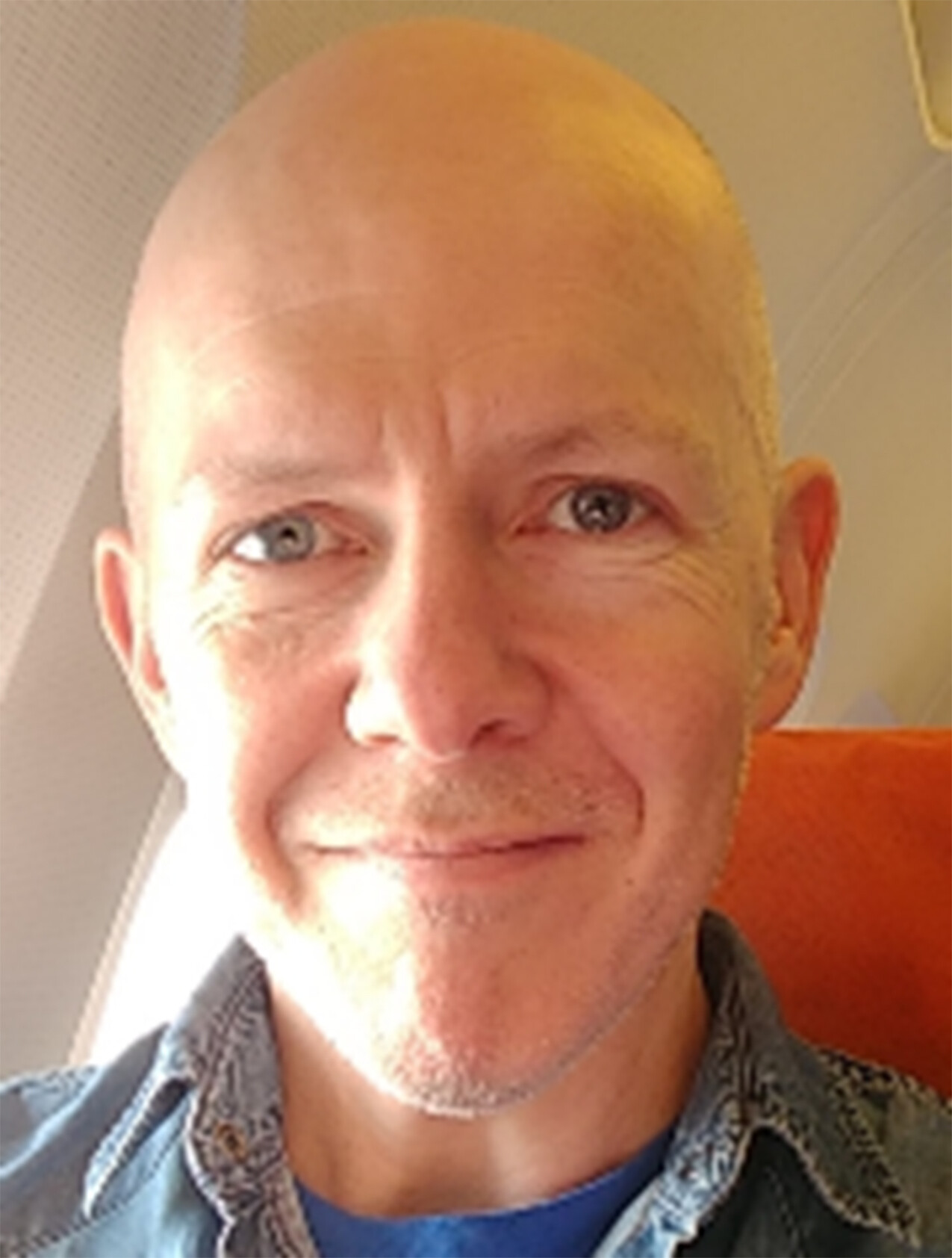Microsoft ends support for Internet Explorer on June 16, 2022.
We recommend using one of the browsers listed below.
- Microsoft Edge(Latest version)
- Mozilla Firefox(Latest version)
- Google Chrome(Latest version)
- Apple Safari(Latest version)
Please contact your browser provider for download and installation instructions.

September 15, 2023
Three Comedians, Three Venues, One Performance: The Power of NTT's APN
The Innovative Optical and Wireless Network (IOWN) is an initiative launched by NTT in 2019 with the goal of leading the future of networking technologies. It focuses on creating a new communication infrastructure that can handle the massive amounts of data produced in an increasingly digitized and interconnected world, and is developing innovative ways to use light-based technologies to improve data communication. The major components of IOWN include the All-Photonics Network (APN), which aims to enhance data transmission using light; Digital Twin Computing, which aims to create high-precision digital replicas of the physical world for advanced simulations; and a Cognitive Foundation, which seeks to provide high-level management and control of all ICT resources, including networks and computing.
APN is designed to create an end-to-end optical network where data is transported, switched, and processed entirely in the optical domain. By minimizing the need for converting optical signals to electrical signals (and vice versa), APN aims to reduce energy consumption and latency, and increase the bandwidth capacity of the network. This has the potential to give significant benefits in terms of speed, energy efficiency, and flexibility.
NTT had the opportunity to demonstrate the sheer speed of APN earlier this year at a special event held at three locations in Osaka City, Japan.
The "Future Comedy Live!!" show was held in March, in three different districts of Osaka -- Kyobashi, Namba and Umeda -- and featured "manzai" comedians and live video screens. Typically, one comedian was situated at one venue and would react to what partners were doing on live-feed, lifesize screens to their side. To set the scene as an example, the Kyobashi comic would be on the left-hand side of the stage, with two screens to their right. The Namba artist would be in the center, with screens on either side, and the Umeda jokester would be on the right, with two screens to their left.
Manzai is a traditional style of stand-up comedy in Japanese culture, with roots going back to the Heian period (794-1185). It features a lot of fast-paced jokes, slapstick misunderstandings and verbal gags. In many ways, the speed of manzai is the whole point: its quickfire nature has comedians throwing jokes back and forth amongst each other. Get the timing wrong or keep the audience waiting too long for the joke's punchline, and the magic is wasted.
With the cooperation of comic club Yoshimoto Kogyo, NTT transmitted audio and video of the manzai sets. And the result? Gales of laughter.
The APN network was so fast that it was able to feature multiple comedians, in three different locations, interacting with each other in real time, with no perceptible time lag. As far as audience members at the three venues were concerned, it was just a regular, hilarious night out enjoying great comedy.
This is just the beginning. As the NTT Group explores and develops the IOWN initiative, it is also conducting demonstration experiments in fields such as e-sports, where players far away from each other can compete online with minimal time lag; music concerts, in which musicians at various locations can come together to play live pieces; and medical care, where surgeons can conduct intricate and accurate operations far removed from their patients. The future is bright. And very, very fast.
NTT--Innovating the Future of Communication

Daniel O'Connor
Daniel O'Connor joined the NTT Group in 1999 when he began work as the Public Relations Manager of NTT Europe. While in London, he liaised with the local press, created the company's intranet site, wrote technical copy for industry magazines and managed exhibition stands from initial design to finished displays.
Later seconded to the headquarters of NTT Communications in Tokyo, he contributed to the company's first-ever winning of global telecoms awards and the digitalisation of internal company information exchange.
Since 2015 Daniel has created content for the Group's Global Leadership Institute, the One NTT Network and is currently working with NTT R&D teams to grow public understanding of the cutting-edge research undertaken by the NTT Group.












